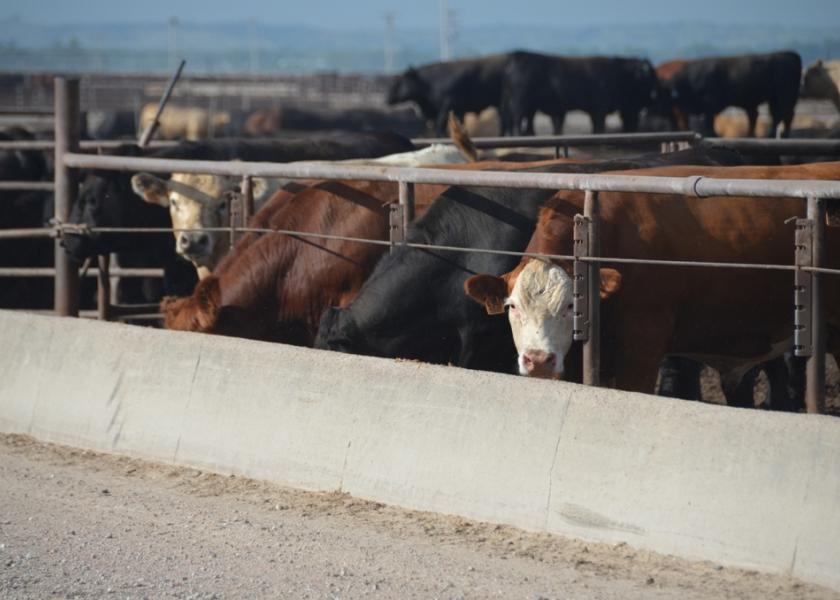Profit Tracker: Feeding Margins Near Breakeven

Profit margins for cattle feeders eroded further last week, slipping to near breakeven levels. According to calculations by Sterling Marketing, feedyard margins were $1.65 per head for the week ending June 7, 2019, a decline of $25 per head.
Cash fed cattle prices slipped another $2 per cwt., averaging $113.42 per cwt. for the week ending June 7. Packers saw their margins mostly steady at $231 per head, according to the Sterling Beef Profit Tracker.
The beef cutout declined $1 per cwt. to $219.90. The Beef and Pork Profit Trackers are calculated by Sterling Marketing Inc., Vale, Ore.
A year ago cattle feeders were losing an average of $17 per head. Feeder cattle represent 69% of the cost of finishing a steer compared with 71% a year ago.
Farrow-to-finish pork producers saw their margins decline $7 per head with profits of $40. Lean carcass prices traded at $78.55 per cwt., $1.28 per cwt. lower than the previous week. A year ago pork producer margins were positive $34 per head. Pork packer margins averaged a loss of $2.21 per head last week.
Sterling Marketing president John Nalivka projects cash profit margins for cow-calf producers in 2019 will average $153 per cow. That would be modestly lower compared to the $161 estimated average profit for 2018. Estimated average cow-calf margins were $164 in 2017, $176 in 2016, and $438 per cow in 2015.
For feedyards, Nalivka projects an average profit of $72 per head in 2019, which would be $48 better than the average of $24 per head in 2018. Nalivka expects packer margins to average about $167 per head in 2019, about $2 less than in 2018.
For farrow-to-finish pork producers, Nalivka projects an average profit of $17.50 per head in 2019, as compared with an average profit of $1.35 per head in 2018. Pork packers are projected to earn $15 per head in 2019, about $5 less than the $20 per head profits of 2018.







